
Official Edgar Rice Burroughs Tribute and Weekly Webzine Site
Since 1996 ~ Over 15,000 Web Pages
Issue 0594

The ERB C.H.A.S.E.R. Silver Screen Encyclopedia
Presents
JUNGLE and BURROUGHS-INFLUENCED
SERIALS
Serials were a film genre that told their story in an episodic format. Each week, audience members would go to the theater to watch the latest episode in a film ranging from twelve to fifteen chapters. Each chapter ended with the hero facing certain death, so that you had to back the following week to see what happened. Serials began in 1912, where they helped to establish the fledgling motion picture business, and ended in 1956, when TV became the dominant vehicle for weekly doses of adventure.
Films based on the characters of Edgar Rice Burroughs set many landmarks in American cinematic history. Tarzan of the Apes in 1918 was one of the first films to gross over one million dollars. Tarzan went on to become one of the most-filmed fictional character in the history of film. The 1929 Tarzan the Tiger serial was one of the first serials to be filmed as a talkie. This opened the floodgates to a torrent jungle and ape-man serials filmed with sound: King of the Congo ~ Jungle Mystery ~ Lost Jungle ~ Darkest Africa ~ Jungle Jim ~ Jungle Menace ~ Tim Tyler's Luck ~ Hawk of the Wilderness ~ Call of the Savage ~ Jungle Girl ~ Perils of Nyoka ~ The Phantom ~ Tiger Woman ~ Jungle Queen ~ Jungle Raiders ~ Lost City of the Jungle ~ Congo Bill ~ King of the Congo ~ Adventures of Captain Africa ~ Panther Girl of the Congo.We present here capsules of some of the serials most closely related to ERB's jungle.
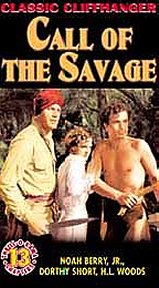 |
CALL OF THE SAVAGE Expanded version of material presented in OAK IV Otis Adelbert Kline (Film Writer
Filmography)
|
|
CAST OVERVIEW Dorothy Short ~ Mona Andrews Harry Woods ~ Borno Bryant Washburn ~ Dr. Harry Trevor Walter Miller ~ Dr. Frank Bracken Fred MacKaye ~ Dr. Charles Phillips Russ Powell ~ Andrews John Davidson ~ Prince Samu Eddie Kane ~ Gen. Tichak Stanley Andrews ~ Emperor Mena J. Frank Glendon ~ Viva Tattersall ~ Georgia Trevor Gwendolyn Logan ~ Mrs. Henry Andrews William Desmond ~ Allen Grace Cunard ~ Mrs. Camerford Amster H. Burroughs ~ Dickie Jones ~ Jan Trevor as a Boy Produced by Carl Laemmle (Associate Producer: Henry MacRae) Original music: David Broekman ~ David Klatzkin ~ Sam Perry ~ Heinz Roemheld Cinematography: Richard Fryer & William A. Sickner Film Editing: Irving Applebaum ~ Saul A. Goodkind Alvin Todd ~ Edward Todd Production Management: Ansel Friedberger |
Two scientific teams go up against each other in a race to find a secret formula in the African jungle. The search leads them to the lost city of Mu where they face a ruled by a bad-guy priest who owns a death-ray. The scientists have to overcome this mad priest and his dungeons of fire and dangerous electrical rays. Noah Beery, Jr. played Jan the feral orphan raised by monkeys. Jan, along with his faithful chimpanzee companion "Chicma," joined in the quest for the lost kingdom of Mu. Assisted by Princess Mona (Dorothy Short) they overcome the evil scientists (Walter Miller, Frederic Mackaye), the priest, and many cliffhanging pitfalls, including a mechanized room with a ceiling full of spikes heading straight for the good guys. The serial was cut down for a feature film-length version called Savage Fury. |
|
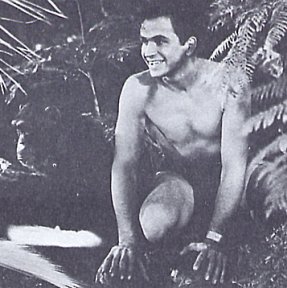
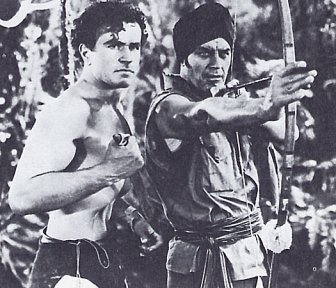
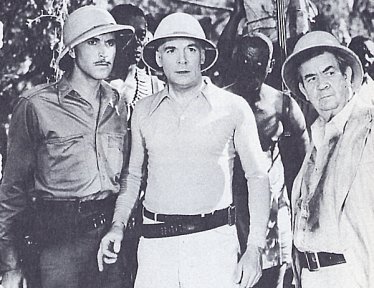
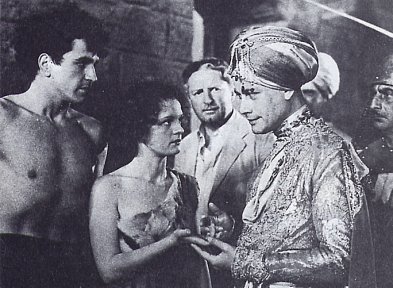
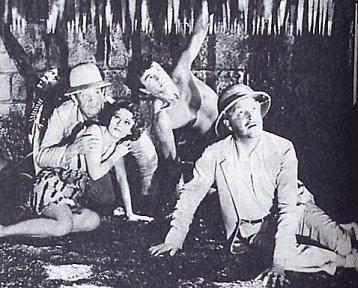
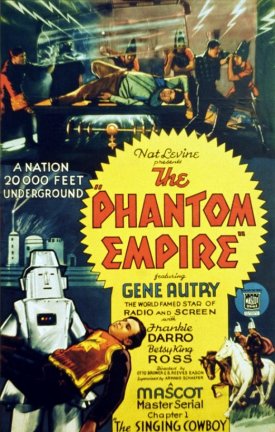 |
 |
Murania, which relies heavily on the mysterious powers of radium, features many wonderful high tech scientific inventions. We see radium powered ray guns, robots swinging sledgehammers in the furnace room, inhabitants wearing mini-skirts, sandles, robes, mini-skirts, and strange hats, moving sidewalks, vacuum tube elevators, television, tall futuristic towers, a Death Chamber were the queen sentences men to death by electrocution, Gene speaking the language of the dead after being revived in electric reviving chamber, an atom-smashing ray that is capable of disintegrating the surface civilizations. None of this impresses Gene who only wants to be left alone so he can sing and ride the range. CHAP. 1 SINGING COWBOY: Professor Beetson and his associates arrive at Gene's Radio Ranch looking for a buried city and a fortune in radium. When Gene helps them look for the secret entrance to Murania located 25,000 feet below Radio Ranch, the Muranian Queen sends her men to kill Gene. |
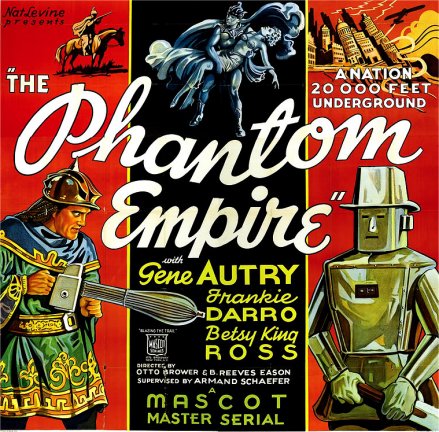
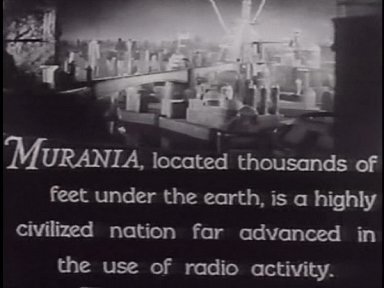
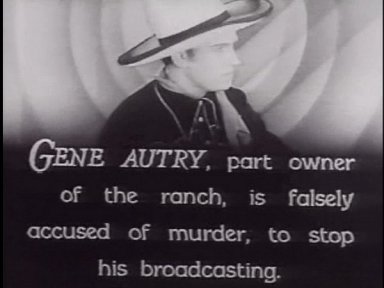
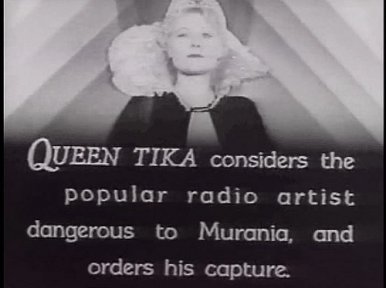
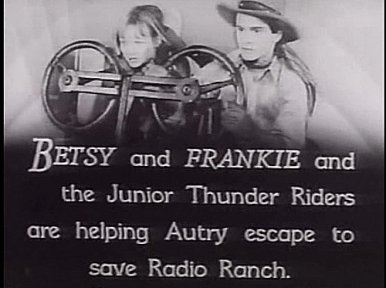
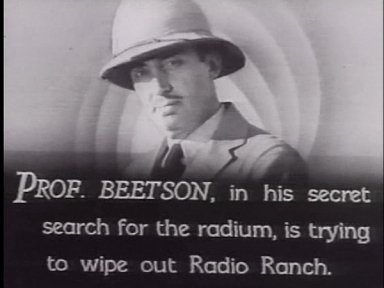
|
HERE Poster ~ Lobby Cards ~ Stills http://www.erbzine.com/mag5/0594a.html |
TRIVIA - The idea for the Phantom Empire was supposedly concocted by screen writer Wallace MacDonald while under the influence of nitrous oxcide during a visit to his dentist.
- This is undoubtably the only serial where the hero actually dies halfway into the story. Gene dies in Murania but is brought back to life in their lab.
- NBC would later use this plot as one of the three stories featured in their short lived 1979 series "Cliffhangers".
CREDITS
Directed by Otto Brower and B. Reeves Eason
Writing credits: Hy Freedman (story) ~ Gerald Geraghty (story)
Genre: Musical / Sci-Fi / Western (more)
Tagline: A Nation 20,000 Feet UndergroundCAST
Gene Autry: Gene Autry
Frankie Darro: Frankie Baxter
Betsy King Ross: Betsy Baxter
Dorothy Christy: Queen Tika
Wheeler Oakman: Argo, Muranian High Chancellor
Charles K. French: Mal
Warner P. Richmond: Rab (as Warner Richmond)
J. Frank Glendon: Prof. Beetson
Smiley Burnette: Oscar (as Lester Burnette)
Peter Potter: Pete (as William Moore)
Jack Carlyle: Saunders
Ray Corrigan: Thunder Rider (uncredited)
Original Music: Gene Autry (songs) ~ Hugo Riesenfeld (incidental music) ~ Lee Zahler and Henry Hadley (uncredited)Also Known As: Gene Autry and the Phantom Empire (1935)
245 min (12 episodes)
|
VIDEOS ON YOUTUBE
Video Clip 1
Video Clip 2
Gene Autry Tribute
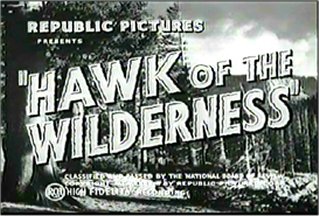
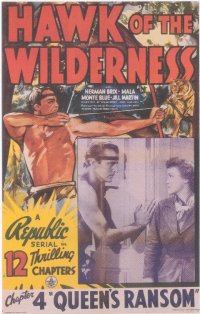 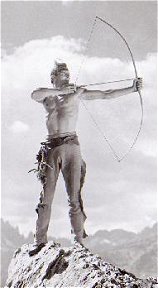 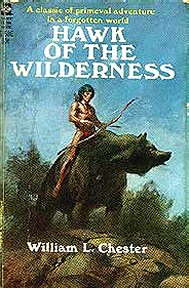
A twelve-part serial released by Republic Pictures in 1938 based on the novel by William L. Chester |
|
|
Directed by John English and William Witney Writing credits: Ridgeway Callow (adaptation) ~ William L. Chester (novel) CAST
Also Known As: Lost Island of Kioga (1938)
Filming Locations
|
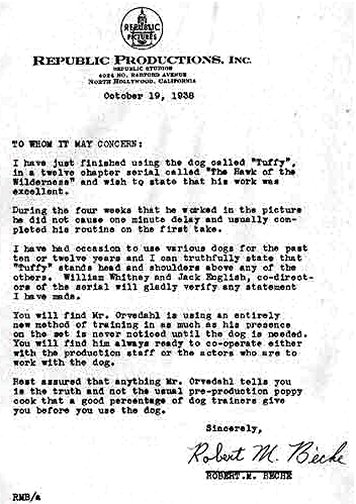
A letter from Robert Beche, producer at Republic Studios, praising Tuffy the dog's work in Hawk of the Wilderness. |
|
|
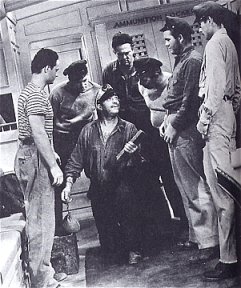
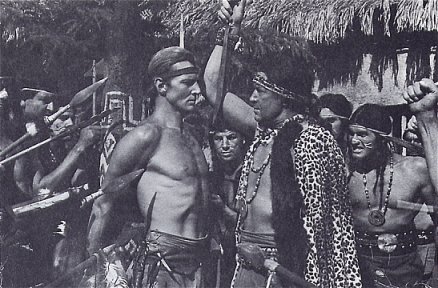
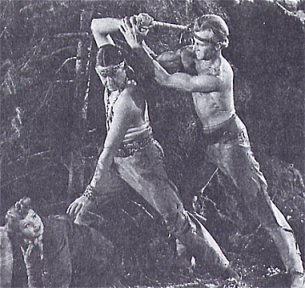
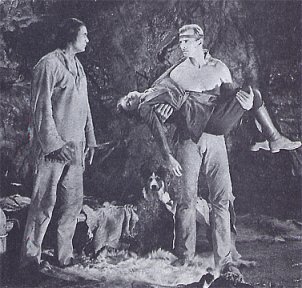
OFF-SITE PAGES OF INTEREST TO CLIFFHANGER and JUNGLE
ADVENTURE FANS
| Cliffhangers:
The Phantom Empire
Perils of Nyoka Nyoka Serial in GIF Tiger Woman Flash Gordon New Adventures of Tarzan Serial Experience Bomba the Jungle Boy |
Serial Experience
Archives
Serial Experience Review of Phantom Empire Nostalgia League OTR On The Web Jerry Blake's Serial Reviews Hawk of the Wilderness Review The Phantom Empire To Be Continued by Weiss, and Goodgold: 1972 , Crown Publishers Matinee At The Bijou TV Series ~ PBS 1981 |
|
www.erbzine.com/mag8/0897.html |
SERIAL POSTERS
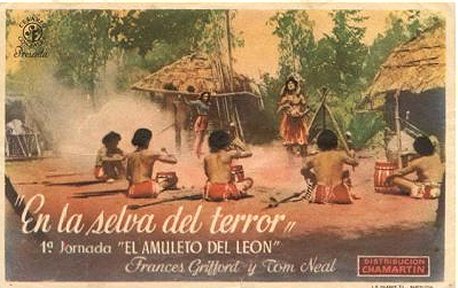
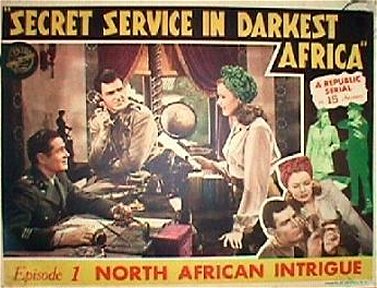
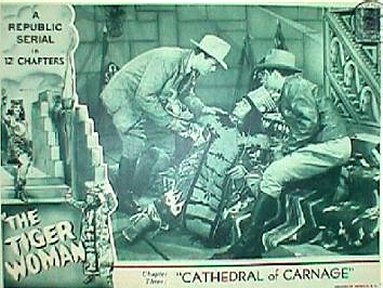
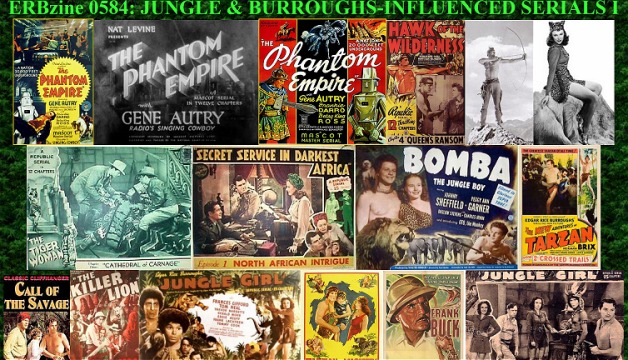
Click for full-size promo collage
![]()
![]()
![]()
Volume
0594

BILL
HILLMAN
Visit
our thousands of other sites at:
BILL
AND SUE-ON HILLMAN ECLECTIC STUDIO
ERB
Text, ERB Images and Tarzan® are ©Edgar Rice Burroughs, Inc.-
All Rights Reserved.
All
Original Work ©1996-2007/2021 by Bill Hillman and/or Contributing
Authors/Owners
No
part of this web site may be reproduced without permission from the respective
owners.